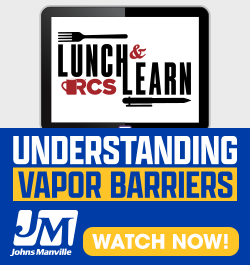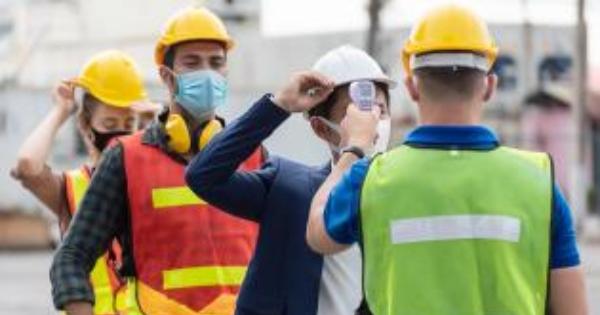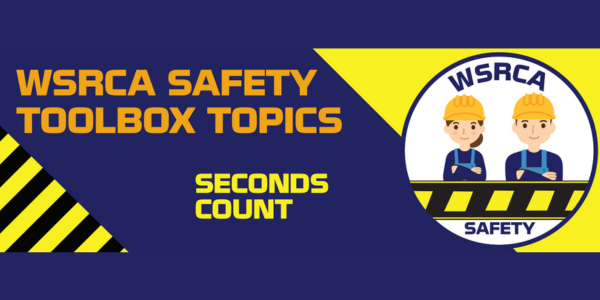How to Run Effective Safety Committee Meetings – Part Two

By John Kenney, Cotney Consulting Group.
A safety committee's purpose is to create a hazard-free workplace environment for all employees. John Kenney shares his best advice for effectively organizing safety committee meetings.
In part one, we covered pre-meeting preparations and structuring the meeting for maximum effectiveness. In part two of this series, we will continue discussing communication and follow up after the safety committee meeting.
Effective communication is essential for the success of safety committee meetings. Effective communication helps ensure that all participants understand the issues being discussed and that everyone can share their ideas and perspectives. Effective communication involves actively listening to others, expressing ideas clearly and concisely and providing feedback to others. Some key aspects of effective communication during safety committee meetings include:
- Active listening: Active listening is an important part of effective communication. It involves listening to others with an open mind and understanding their perspective. Active listening helps to ensure that all participants feel heard and valued.
- Clear communication: Clear communication ensures all participants understand the discussed issues. Participants should communicate their ideas clearly and concisely, using language that is easy to understand.
- Providing feedback: Providing feedback is an important part of effective communication. Feedback helps ensure that all participants understand how their ideas are being received and allow clarifying misunderstandings.
- Encouraging participation from all participants creates an inclusive environment where everyone feels comfortable sharing their ideas.
- Non-verbal communication: Non-verbal communication includes body language and facial expressions, which are important for effective communication. Participants should be mindful of their non-verbal communication and ensure that it is consistent with their verbal communication.
Effective communication is vital for several reasons. Firstly, it helps to ensure that all participants understand the issues being discussed and can contribute their ideas and perspectives. Effective communication also helps build trust and respect between participants, which is essential for creating an inclusive environment where everyone feels valued. Effective communication also helps ensure that action items are clearly understood and that everyone knows their responsibilities.
Active listening and clear communication are important aspects of effective communication. Active listening involves paying attention to others and focusing on understanding their perspective. Clear communication consists in expressing ideas clearly and concisely, using language that is easy to understand. By adhering to these principles, safety committee members can work together to create a safe work environment for everyone involved.
Following up after a safety committee meeting is crucial to address the issues discussed promptly. Effective follow-up helps ensure that action items are completed, progress is monitored, and the meeting's outcomes are documented. Some key aspects of following up after a safety committee meeting include:
- Action items: After the meeting, it is important to identify action items and assign responsibility for each item. This helps to ensure that the issues discussed are addressed on time.
- Timeline: A timeline should be established for completing the action items. This helps ensure that the issues are addressed on time and that progress is monitored.
- Progress monitoring: The progress of the action items should be monitored regularly to ensure that they are being completed as planned.
- Documenting outcomes: The outcomes of the meeting should be documented, including any action items that were identified and the progress made in completing them.
- Communication: Communication is important during the follow-up process. Participants should be kept informed of progress, and any issues that arise should be addressed promptly.
Following up after a safety committee meeting is important for several reasons. Firstly, it helps to ensure that the issues discussed are addressed promptly. This helps to prevent accidents and create a safer work environment for everyone involved. Effective follow-up also helps ensure that action items are completed, and progress is monitored. This helps ensure the meeting's objectives are achieved, and everyone's efforts are focused on creating a safer work environment.
Documenting the meeting's outcomes and action items is also important. It ensures that everyone is aware of the decisions made during the meeting and the responsibilities assigned to each participant. Documenting the outcomes also provides a record for future reference.
In conclusion, safety committee meetings are crucial for maintaining a safe work environment and having effective meetings is key to achieving this goal. By following the plan outlined in this article, safety committee members can ensure that their meetings are well-structured and productive and ultimately contribute to improving workplace safety. From pre-meeting preparations to follow-up after the meeting, each step in the process is important and can make a significant difference in the effectiveness of the meeting. By setting clear objectives, having a well-planned agenda, ensuring effective communication, and documenting the outcomes, safety committee members can work together to create a safer work environment for everyone involved.
Learn more about Cotney Consulting Group in their Coffee Shop Directory or visit www.cotneyconsulting.com.
About Cotney Consulting Group
Unlike other “business” consultants, Cotney has 65+ years’ experience solving the problems of roofing companies. With real experience running 8-figure, multi-million dollar companies, our consultants did not learn about business consulting from a book — we have experienced the same problems that you have, solved them and moved on to create a storied history of success. We can share our experiences with you and help you achieve success. Learn more at www.cotneyconsulting.com.






















Comments
Leave a Reply
Have an account? Login to leave a comment!
Sign In